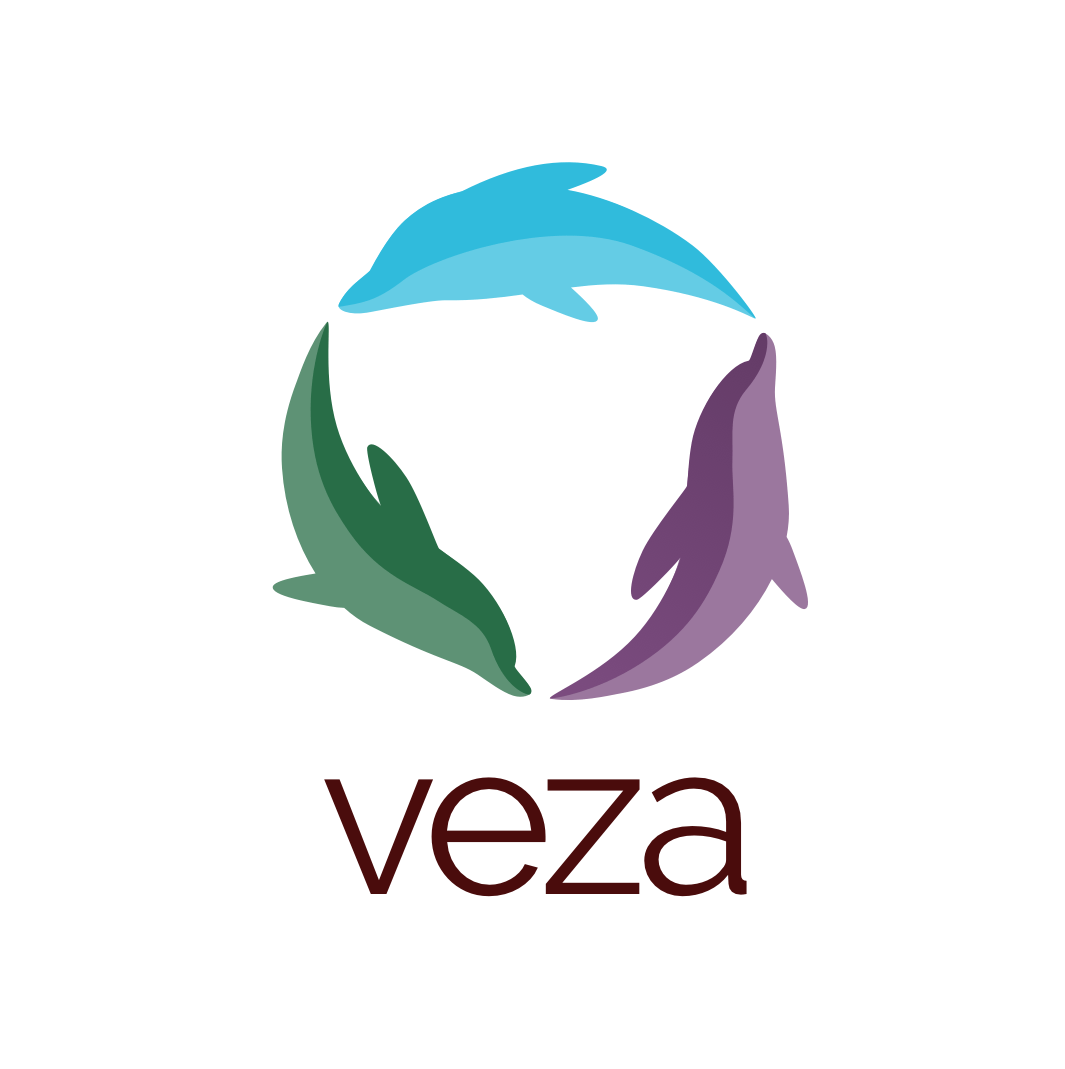What is Unconscious Bias?
Scenario: Imagine that you used to work at a coffee shop called “Expresso” and had an amazing experience with the company, even though it was a lot of hard work. Now imagine yourself interviewing two candidates for a position of warehouse worker. One of the candidates used to work at Expresso but has no prior warehouse experience and the other has at least 3 years in warehouse experience. Both candidates are very impressive but only one can fill the position. Who will you choose? You might be more inclined to choose the candidate that worked at Expresso just because you share the same experience even though they are less qualified. This is an example of a phenomenon called unconscious bias and we commit it without knowing. All of us have some form of implicit bias and it is perfectly natural. However, if left unregulated it can be destructive to workplace diversity and inclusion.
TRY: Here is a test you can take from Harvard that is designed to measure strengths of associations you have developed towards social groups.
How Does Unconscious Bias Happen?
The brain is an amazing organ. According to an article by Spectra Diversity, it is constantly working to process billions of information from our environment. However, our attention can only grasp a few stimuli at a time. Therefore, our brain is taking in information in the “background” building connections and associations about our outside world and social groups subconsciously. This is how we are biologically wired to learn and survive and it greatly influences our behaviours, attitudes and decisions.
How Bias Affects Your Workplace
While having implicit bias is a normal human characteristic, it has implications for the workplace that can stunt many of your inclusion and diversity efforts. For example, you might misjudge employee abilities in the hiring and evaluation process keeping you from acquiring the best and most qualified applicants. Workplace bias could also be driving up your costs unnecessarily. Erfan Daliri states that the cost of turnover and rehiring due to workplace bias is up to $64 billion annually. In one report by The Center for Talent Innovation (now called Coqual) bias was associated with more burn out, higher turnover and employee resentment which manifest into conflicts. It was also associated with lower employee retention, engagement and innovation.
Types of Unconscious Bias
Before beginning to manage for implicit bias perhaps the most important and crucial step is to become aware of our own biases. Biases can take many different forms. We’ve listed five that can potentially be in your workplace. For a more comprehensive list check out this article by Lisa O’Donnell at Great Place to Work.
- Gender bias: this one is pretty straight forward. It is favouring one gender over another. For example, hiring on the basis of sex for certain positions or the notion that some genders are better for certain positions. This prevents companies from acquiring the best talent based on credentials.
- Affinity bias: Showing favouritism for people that are similar to us. We all have the tendency to gravitate to people that are like us. For example, sharing the same language, race, religion, experience or even shared interests. However, to stay innovative it is important to include diverse groups with different experiences and characteristics.
- Conformity bias: Our tendency to be influenced with the popular opinion or group majority. Nobody likes feeling rejected or different. Being the social creatures that we are we want to fit in. However, this lack of independent thinking can lower creativity and problem solving in the workplace.
- Halo and horn Effect: the tendency for us to generalize a person based on a single trait. In a halo effect, one amazing trait overshadows our overall perception of someone. For example, if someone is an outstanding negotiator then the rest of their skills must also be great. This also happens for negative traits called the horn effect. For example, if someone is not punctual then they must be not hardworking even though it’s not necessarily true.
- Confirmation bias: Liz Burton from “High Speed Training” explains that this is our tendency to magnify pieces of information that support our opinions or views and overlook or ignore facts that oppose it. It can mislead us from making the best decisions that are rooted in factual information.
Tips to Minimize Unconscious Workplace Bias
- Be more aware of your own bias. You can’t solve what you don’t know. By being more self-aware you can identify hidden biases that exists within your mind and find ways to mitigate it.
- Be more aware of the unconscious bias at your workplace. Try to determine areas in the workplace where implicit bias exist or can occur. Whether that be in the hiring process or in the evaluation process and fix it. Every workplace system is susceptible to bias and it is the duty of a good leader to solve it.
- Encourage an EDI environment. Nurture an environment where employees can feel open and safe to be different and voice their opinions.
- Measure your efforts: Have specific and measurable goals set out for your diversity and inclusion plan. Determine ways you can minimize identified implicit bias at work and measure appropriately. To help you get started read our article on metrics for EDI.
- Training for Diversity and Inclusivity. Having regular training for EDI not only educates staff but may also help with reinforcement. We offer a 4-Module program designed to help you gain the knowledge and leadership skills to apply at your workplace. Learn more about our EDI course
- Diverse leadership. Diversity happens at all levels. Don’t rely on lower-level management to implement diversity efforts, because it matters just as much at the upper level. Management are the ones responsible for making equity, diversity and inclusion (EDI) based decisions. Learn how to be an inclusive leader today and contact us for a consultation.
We hope that you found this article helpful. For more articles like this sign-up for our free newsletters.
Share or leave a comment.
References
“Brain Stuff: The Neuroscience Behind Implicit Bias.” SpectraDiversity , December 27, 2017. https://www.spectradiversity.com/2017/12/27/unconscious-bias
Burton, Liz. “What Is Unconscious Bias in Recruitment?” The Hub | High Speed Training. High Speed Training, December 18, 2017. https://www.highspeedtraining.co.uk/hub/types-of-unconscious-bias/#confirmation
Chisolm-Noel, Anadri. “Recession Fears: Is Your Business Ready?” IMPACT Group. Accessed November 12, 2021. https://www.impactgrouphr.com/insights/recession-fears-is-your-business-ready
Daliri, Erfan. “The Cost of Unconscious Bias.” Web log. Erfan Daliri Social Change Consultant (blog). Erfan Daliri, June 14, 2021. https://www.erfandaliri.com/blog/unconsciousbias
O’Donnell, Lauren. “Understanding Unconscious Bias.” Great Place to Work, July 1, 2020. https://www.greatplacetowork.ca/fr/resources/understanding-unconscious-bias



 Ishu Kler is a photographer and Social Media Manager at Veza Global. She currently owns and operates a freelance photography company called Ishu Kler Creative where she specializes in branding, portrait and event photography. Born and raised in Vancouver, B.C., her love and passion for photography led Ishu to travel and live in New Delhi, India, where she obtained her Diploma in Photography. She also travelled to Costa Rica in 2015, where she obtained her Certificate in Documentary Photography from Photographers Without Borders.
Ishu Kler is a photographer and Social Media Manager at Veza Global. She currently owns and operates a freelance photography company called Ishu Kler Creative where she specializes in branding, portrait and event photography. Born and raised in Vancouver, B.C., her love and passion for photography led Ishu to travel and live in New Delhi, India, where she obtained her Diploma in Photography. She also travelled to Costa Rica in 2015, where she obtained her Certificate in Documentary Photography from Photographers Without Borders.
 Kelsey is a passionate Multimedia Designer & Communications Specialist with a diploma in Multimedia Production and over nine years of diverse design experience in different areas of the world including roles within multinational in-house marketing teams Microsoft and Technetix, marketing agencies and freelance. These experiences have led her to develop strong use of design principles, skills in Adobe Creative Cloud, knowledge in motion graphics and video editing, and knowledge in creating effective communication for a wide range of audiences and cultures.
Kelsey is a passionate Multimedia Designer & Communications Specialist with a diploma in Multimedia Production and over nine years of diverse design experience in different areas of the world including roles within multinational in-house marketing teams Microsoft and Technetix, marketing agencies and freelance. These experiences have led her to develop strong use of design principles, skills in Adobe Creative Cloud, knowledge in motion graphics and video editing, and knowledge in creating effective communication for a wide range of audiences and cultures.




